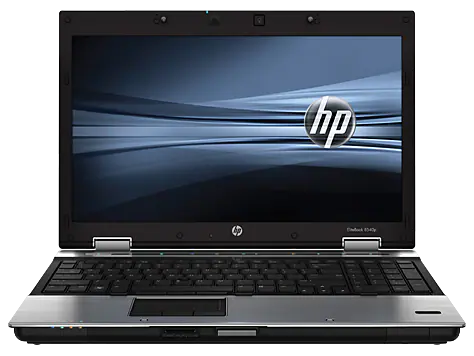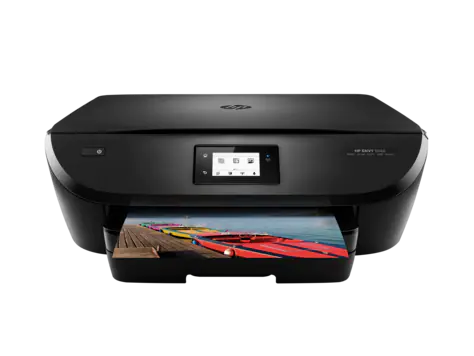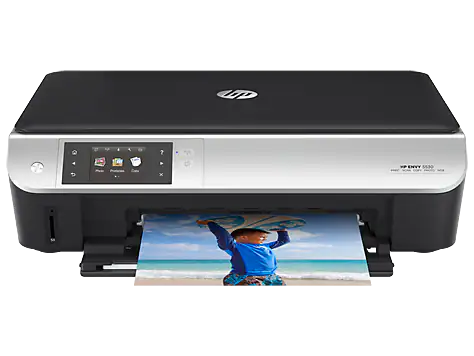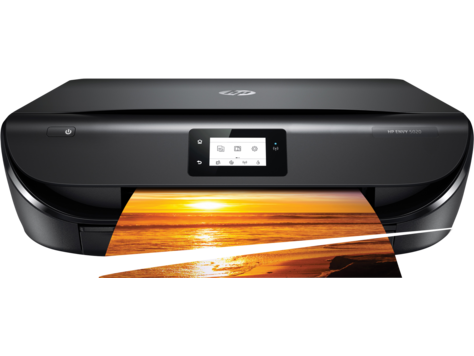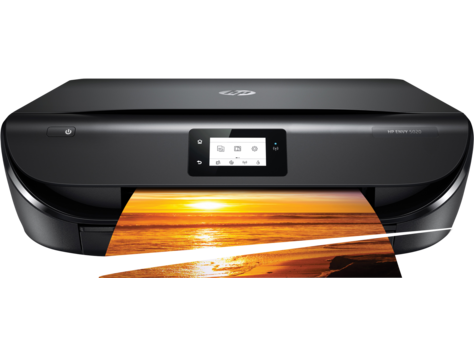
Intel HD Graphics Family Driver Windows 11
Published:
October 1st, 2023
Updated:
October 1st, 2023
Developer:
Version:
31.0.101.2114
Platform:
Intel HD Graphics Family Driver Windows 11
Table of Contents
How to Update the Intel HD Graphics Family Driver for Windows 11?
Intel released a new graphics driver for its Windows-based products. The stable driver provides support for Microsoft’s Windows 11 operating system. It also includes Auto HDR support and optimizations for the games F1 2021 and Moonlight Blade (DX12).
If your computer is running slow or you are having graphical problems, an updated driver may help. Here’s how to update your drivers:
How to Download and Install the Intel HD Graphics Family Driver on Windows 11?
Please note that the specific steps or options may vary based on your system configuration and the version of Windows 11 you are using.
Here are the general steps:
- Check Your Current Graphics Driver Version:
- Right-click on the Start button and select “Device Manager.”
- Expand the “Display adapters” section.
- Right-click on “Intel HD Graphics” or a similar entry and select “Properties.”
- Go to the “Driver” tab and make a note of your current driver version.
- Download the Latest Intel HD Graphics Driver:
- Use the “Intel Driver & Support Assistant” tool to automatically detect and download the latest graphics driver for your system. Follow the on-screen instructions.
- Manually Download from Intel’s Website (if needed):
- Download the latest graphics driver for your system. Make sure it’s compatible with your Windows 11 version.
- Install the Driver:
- Locate the downloaded driver file (usually a .exe or .zip file) and double-click it to start the installation process.
- Follow the on-screen instructions in the installation wizard.
- Typically, you’ll need to agree to the terms and conditions, choose a destination folder, and select installation options.
- After the installation is complete, you may be prompted to restart your computer. If not, it’s a good idea to restart your system to ensure the changes take effect.
- Verify the Driver Installation:
- After your computer restarts, go back to the “Device Manager” as mentioned in step 1.
- Expand the “Display adapters” section and double-check that the driver version has been updated to the latest one.
Please note that driver installation can vary depending on your computer’s manufacturer and the specific model of your Intel HD Graphics. Always make sure you are using drivers specifically designed for your hardware and operating system version.
1. Download and Install the Driver:
When games and applications seem sluggish or dull, it’s often because the underlying graphics driver needs to be updated. A quick solution is to use Windows Update, which is Microsoft’s built-in tool for searching software updates — including drivers. To do this, start by opening the Windows menu and typing device manager. In the resulting window, expand the Display adapters list and right-click on the graphics driver you want to update. From there, click Update driver.
Another option is to download the driver from Intel’s website manually. To do this, visit the Intel web page that contains a list of available drivers for your specific GPU series and model. Manually select your operating system type and the version of the driver you need, and then click the Download button. Once you’ve downloaded the driver, run its installation wizard to install it on your computer.
If you’d rather avoid relying on the automatic method, there are a few other ways to update your graphics drivers in Windows 11. One way is to get a third-party program, such as EaseUS DriverHandy, which can automatically detect outdated drivers in your computer and bring them up to date with one click. Then, you can enjoy your PC’s full performance. The other method is to try the Windows 11 system update, which can sometimes send over a graphics driver update together with other important system updates.
2. Restart the System:
If you’ve followed all the steps mentioned above, and your computer still suffers from graphical issues, you can try using Windows’ built-in shortcut to refresh the graphics driver. Simply press the Windows key + Ctrl + Shift + B, and your screen(s) will flash for a second or two, then return to normal.
This method will work on all versions of Windows, including 11 and 10. However, this method may not be effective if you’re using video games, since the games take command of the keyboard and prevent Windows from using it.
Note that resetting the graphics driver will reset all of your settings and customizations, so you should save any work in progress before proceeding. It’s also not recommended to use this method frequently, as doing so may lead to performance and stability problems.
For persistent graphical issues, you may need to completely uninstall and reinstall the driver software. You can do this by opening the Device Manager, expanding the Display adapters section, right-clicking your current driver, and selecting “Uninstall device.” Then, follow the on-screen instructions to restart your PC after the drivers are removed. This is a quick and straightforward process, but it may require an administrator account. To be safe, you should create a system restore point before installing the new driver to ensure that you can roll back if something goes wrong.
3. Reinstall the latest version:
A graphics driver is the software that controls your graphic card to display visuals on your computer. It’s important to keep it up to date so that you can enjoy the latest features and games available.
One of the easiest ways to update your drivers is through Windows’ built-in tool called Windows Update. This comes installed on all versions of Windows, including 11, 10, and 7. The drivers you get from Windows Update are fine-tuned and certified by the Windows Hardware Quality Labs (WHQL). While they may not be the most recent version, they are usually stable.
Another way to update your driver is through Device Manager. This is a Windows utility that allows you to manage internal and external hardware components connected to your computer, including the driver for your graphics card. You can use it to find the latest driver for your Intel HD graphics card and install it.
If you’re not comfortable with installing drivers manually, you can also use a program like EaseUS DriverHandy to update your drivers automatically. This program can scan your computer for outdated drivers and download and install them in just a few clicks. It can even back up your existing driver so that you can revert to an earlier version if something goes wrong. It’s a great way to save time and avoid a headache.
4. Rollback:
If you are unhappy with the new driver and want to revert back to an older one, you can do so by using the rollback feature in Windows. This is a quick and easy way to uninstall the current driver and install an older version, which should solve your problem. To do this, open Device Manager and expand the Display Adapters section. Right-click on the driver you wish to roll back and select Properties. Click the Roll Back Driver button and follow the prompts. Once this is complete, you can close the Device Properties screen and restart your computer.
Note that you may experience issues when rolling back to a previous driver. Intel recommends that you use the drivers provided by your computer manufacturer. This will help avoid potential installation incompatibilities that could impact performance or cause other problems with your system.
You can also disable automatic driver updates in Windows to prevent your computer from automatically installing the latest version of the graphics driver. This can help you keep your Intel driver up to date without requiring you to manually update it every time a new version is released.
If you are having issues with video playback on your laptop, you can try changing the resolution in the BIOS to a higher value. This can resolve this issue and improve your gaming experience.
